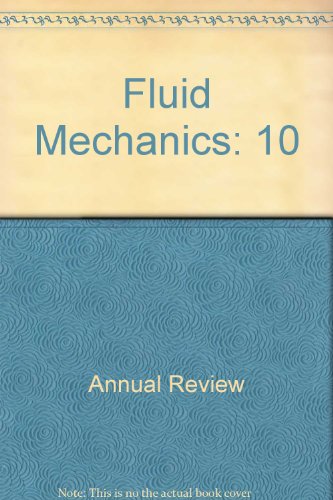惯性约束聚变中的不稳定性与混合
IF 30.2
1区 工程技术
Q1 MECHANICS
引用次数: 0
摘要
通过内爆氢同位素燃料,惯性约束聚变(ICF)旨在创造模仿太阳内核的条件。这是极端条件下的流体动力学,其最终目标是使核聚变成为一种可行的清洁能源。燃料必须可靠、对称地压缩到超过 1 亿摄氏度的高温。经过一个多世纪的研究,最重要的核聚变里程碑于 2021 年达到,ICF 成为实现点燃核聚变燃料(热核不稳定性)的第一项技术,随后于 2022 年实现了科学能量平衡。ICF 平台的一个关键权衡是,燃料压缩越大,燃烧效率越高,但代价是雷利-泰勒(Rayleigh-Taylor)和里希特米尔-梅什科夫(Richtmyer-Meshkov)不稳定性的放大以及动能浪费的不对称。在极端情况下,这些三维不稳定性会完全破坏内爆。即使在产量最高的 2022 科学盈亏平衡实验中,高原子序数(高 Z)污染物也被无意注入燃料中。在此,我们回顾了流体动力学在构建稳定内爆过程中的关键作用,以及数十年来对聚变点火的深入理解和孤立实验。本文章由计算机程序翻译,如有差异,请以英文原文为准。
Instabilities and Mixing in Inertial Confinement Fusion
By imploding fuel of hydrogen isotopes, inertial confinement fusion (ICF) aims to create conditions that mimic those in the Sun's core. This is fluid dynamics in an extreme regime, with the ultimate goal of making nuclear fusion a viable clean energy source. The fuel must be reliably and symmetrically compressed to temperatures exceeding 100 million degrees Celsius. After the best part of a century of research, the foremost fusion milestone was reached in 2021, when ICF became the first technology to achieve an igniting fusion fuel (thermonuclear instability), and then in 2022 scientific energy breakeven was attained. A key trade-off of the ICF platform is that greater fuel compression leads to higher burn efficiency, but at the expense of amplified Rayleigh–Taylor and Richtmyer–Meshkov instabilities and kinetic-energy-wasting asymmetries. In extreme cases, these three-dimensional instabilities can completely break up the implosion. Even in the highest-yielding 2022 scientific breakeven experiment, high-atomic-number (high-Z) contaminants were unintentionally injected into the fuel. Here we review the pivotal role that fluid dynamics plays in the construction of a stable implosion and the decades of improved understanding and isolated experiments that have contributed to fusion ignition.
求助全文
通过发布文献求助,成功后即可免费获取论文全文。
去求助
来源期刊
CiteScore
54.00
自引率
0.40%
发文量
43
期刊介绍:
The Annual Review of Fluid Mechanics is a longstanding publication dating back to 1969 that explores noteworthy advancements in the field of fluid mechanics. Its comprehensive coverage includes various topics such as the historical and foundational aspects of fluid mechanics, non-newtonian fluids and rheology, both incompressible and compressible fluids, plasma flow, flow stability, multi-phase flows, heat and species transport, fluid flow control, combustion, turbulence, shock waves, and explosions.
Recently, an important development has occurred for this journal. It has transitioned from a gated access model to an open access platform through Annual Reviews' innovative Subscribe to Open program. Consequently, all articles published in the current volume are now freely accessible to the public under a Creative Commons Attribution (CC BY) license.
This new approach not only ensures broader dissemination of research in fluid mechanics but also fosters a more inclusive and collaborative scientific community.

 求助内容:
求助内容: 应助结果提醒方式:
应助结果提醒方式:


